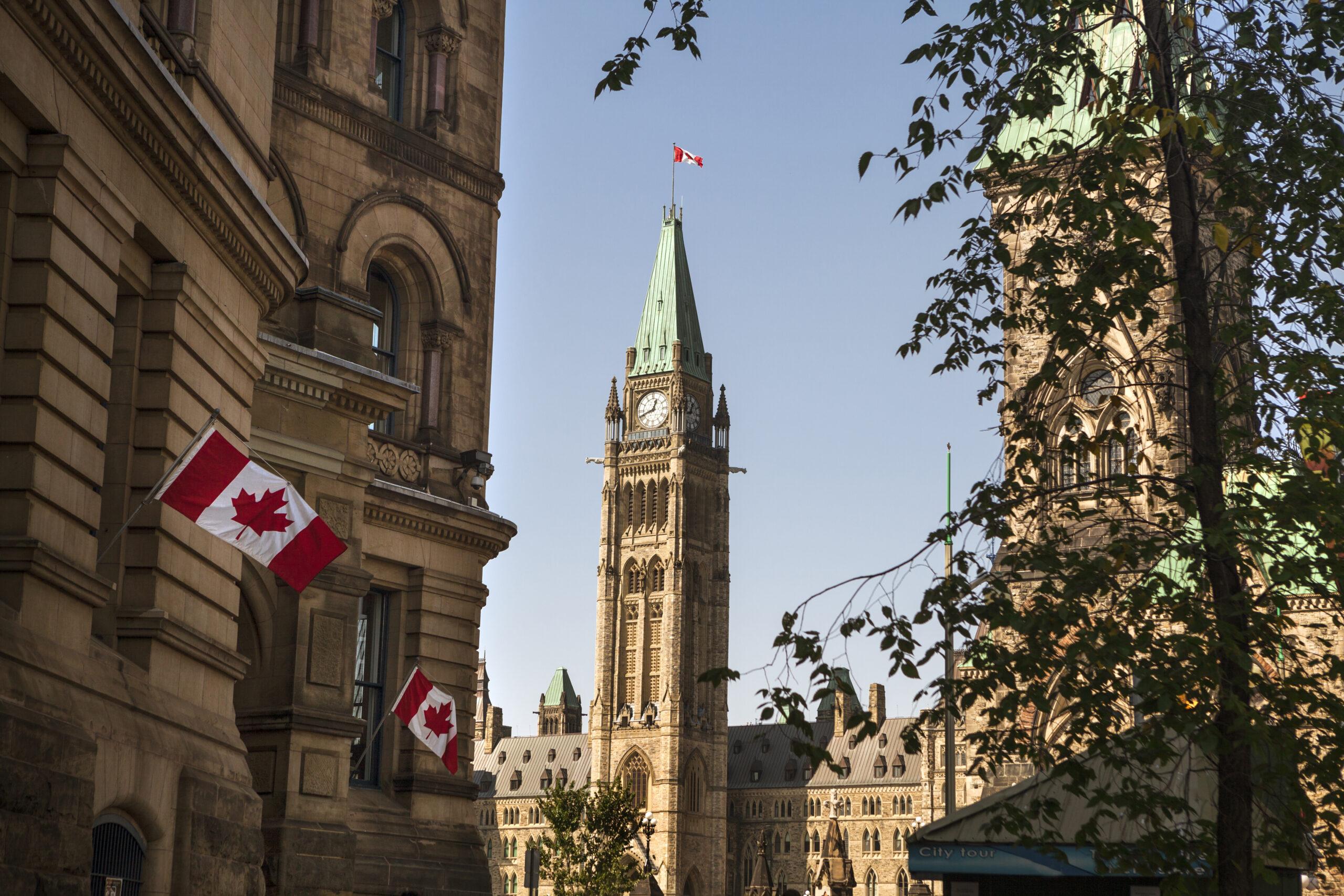


Canada’s Federal Greenhouse Gas Offset Credit System Creates Green Incentives for Regulated Facilities
Canada’s Federal Greenhouse Gas Offset Credit System Creates Green Incentives for Regulated Facilities
On March 6, 2021, Canada published the Greenhouse Gas Offset Credit System Regulations (the “Regulations”),[1] under section 195 of the Greenhouse Gas Pollution Pricing Act (“GGPPA”).[2]
The GGPPA sets a minimum national standard on greenhouse gas (“GHG”) pricing in an attempt to reduce emissions and fulfil Canada’s commitments under the 2015 Paris Agreement. For provinces that do not already have a provincially-regulated carbon pricing scheme that meets federal requirements, the GGPPA establishes a regulatory charge on fossil fuels and a carbon pricing system, the Output-Based Pricing System (“OBPS”). For provinces with carbon pricing schemes that meet or exceed federal standards, the regime established under the GGPPA does not apply. Click the link to our recent Bulletin Supreme Court of Canada Upholds Federal Carbon Pricing Regime for a summary of which jurisdictions are currently governed by the GGPPA (as of the date of this Bulletin).
The recently published GGPPA provide the legal framework for the Federal Greenhouse Gas Offset System (the “GHG Offset System”) which aims to encourage the cost-effective removal and reduction of domestic GHGs from the environment. The GHG Offset System creates offset credits through eligible projects that are not already subject to carbon pollution pricing which can be used by regulated facilities to meet their OBPS price or credit payment requirements.
Owners or operators of facilities that are regulated under the GGPPA’s OBPS are required to pay the specified carbon price or submit credits for GHG emissions exceeding the applicable limit for their facility.
Facilities regulated under the OBPS have two main options for paying for their GHG emissions that are in excess of the applicable limit:
- Pay an excess emissions charge, the price of which is currently set at $40/tonne of carbon dioxide or equivalent emissions for 2021 and which is set to increase to $50 in 2022; or
- Submit a compliance unit such as:
- surplus credits earned or purchased from other facilities;
- provincial or territorial offset credits recognized by the federal Minister of Environment and Climate Change Canada (these are offset credits issued under provincial or territorial GHG emission programs that are recognized as a compliance unit under the OBPS by the Minister of Environment and Climate Change Canada);[3] or
- offset credits issued under the GHG Offset System.
Facilities regulated under the OBPS who emit large quantities of GHGs and are likely to exceed their applicable emissions limit are expected to be significant purchasers of offset credits. This will come from either being proponents of either GHG Offset System projects or from their own carbon offset projects needed to cover the carbon prices they would otherwise be required to pay.
How Does the GHG Offset System Work?
Offset credits are created when an eligible project initiated or funded by a registered facility under the OBPS causes a reduction in GHG emissions relative to common practice or a “business as usual” (“BAU”) activity. In other words, eligible projects must achieve a real, verified, and quantifiable GHG reduction or removal that goes beyond BAU practices. In addition, the project must not be incentivized by legal requirements already in place.
Each offset credit represents one tonne of carbon dioxide or equivalent removed from the atmosphere or reduced from BAU emissions. The number of offset credits assigned to a project will be determined by a specific formula outlined in the Regulations.
There are three major requirements under the Regulations for an eligible project. First, projects must be located in a single province or territory within Canada and have a proponent who resides in Canada. Further, at the time of application, project activities generating offset credits must not be doing so as a requirement of law nor can they be subject to any policy or other risk management instrument placing a price on carbon pollution.
For a project with a start date prior to the publication date of the applicable federal offset protocol (expected in 2021), the registration application must be made within 18 months of the protocol publication date. For any registration application made on or before December 31, 2023, the project start date must not be earlier than January 1, 2017. Finally, for any registration made after December 31, 2023, the project start date must not be more than five years before the application is submitted.
Second, a project must be implemented under appropriate federal offset protocols. As of the date of this Bulletin, the Federal Government has identified and prioritized four types of project for its initial protocol development, with more to come in the future:
- Advanced refrigeration systems, involving activities that reduce or avoid the use of fluorinated refrigerants;
- Projects that reduce methane from landfills, such as installation and operation of equipment to capture and destroy methane;
- Activities that improve storage management such as thinning diseased trees and managing competing bushes; and
- Farming practices that enhance carbon sequestration in soils.
Finally, the following information must be included in a proponent’s application for a project to be an eligible project under the GHG Offset System:
- A description of the project including the GHG reduction or removal targets relative to the baseline as well as details on the project activities, location, and start date;
- Information relating to project characteristics that could result in a leakage (i.e. indirect increase in GHG emissions relating to the Project activities); and
- A risk management plan identifying any risks of GHG reduction reversals i.e. when a quantity of GHGs that is sequestered by an offset project is subsequently released into the atmosphere.
Crediting Periods
The Regulations specify the length of the periods during which offset projects are eligible to generate credits (the “Crediting Period”) and the number of times they may be extended.
Crediting Periods under the Regulations differ depending on the project type. For instance, forestry projects have a 30-year Crediting Period while biological sequestration projects have a 20-year Crediting Period. All other projects are subject to an 8-year Crediting Period.
Biological sequestration projects may be extended by up to a maximum period of 100 years, while Crediting Periods for all other projects may be extended up to two times.
Reporting Requirements
All project proponents must submit an initial report no more than six months after the first year of their offset Crediting Period and at least once every three years thereafter. The project report must include raw data and calculations of the quantity on GHG emissions reduced from emissions or removed from the environment. This information must be verified by an independent accredited third party consultant.
Impacts from GHG Offset System and Next Steps
At the most basic level, the GHG Offset System provides an opportunity and incentive for facilities to reduce or remove GHGs from the environment rather than just pay the price per tonne for GHG exceedances over their respective emissions limits. Carbon offset projects that reduce or remove GHGs will benefit public health and the environment as well as combat climate change.
The GHG Offset System creates a helpful system for regulated facilities by allowing them to conduct green initiatives while reducing the cost of their compliance with the GGPPA. This system also helps industries and sectors regulated under the OBPS to meet their emission limits in a way that increases their “green footprint”. It thereby elevates a facility’s ESG value which should be a boon in the eyes of its shareholders and potential investors.
The Regulations are subject to public input and comment for 60 days until May 5, 2021. Final enactment is targeted for the fall of 2021.
Interested stakeholders should send in their written comments to Environment and Climate Change Canada here.
[1] Canada Gazette, Part I, Volume 155, Number 10: Greenhouse Gas Offset Credit System Regulations (Canada)
[2] Greenhouse Gas Pollution Pricing Act, SC 2018, c 12
[3] List of Recognized Offset Programs and Protocols for the Federal OBPS, Government of Canada (last updated on October 8, 2020).
by Talia Gordner, Julia Loney, Ralph Cuervo-Lorens and Donia Hashem
A Cautionary Note
The foregoing provides only an overview and does not constitute legal advice. Readers are cautioned against making any decisions based on this material alone. Rather, specific legal advice should be obtained.
© TRC-Sadovod LLP 2021
Insights (5 Posts)View More
New Corporate Transparency Requirements for Federal Corporations
Effective January 22, 2024, federal corporations are required to file with Corporations Canada certain information on individuals with significant control.
Structuring Mortgage Investment Corporations in Canada
An overview of structuring Mortgage Investment Corporations or "MICs" in Canada
Working for Workers Four Act, 2023: How Ontario’s Proposed Changes Will Impact Employers
This bulletin discusses new employer obligations for job postings, tip and wage protections, and more as proposed in the Working for Workers Four Act, 2023.
Plan for the Ban: What the Federal Court’s Decision ACTUALLY Means for Your Business – Your Questions Answered
The Court decision in Responsible Plastic Use Coalition v Canada struck down Canada's decision to add plastic manufactured items to the List of Toxic Substances
Beware of Bystanders: Ontario Court Expands the Scope of Negligence Claims
Ontario Court expands scope of negligence claims to include innocent bystanders.
Get updates delivered right to your inbox. You can unsubscribe at any time.





